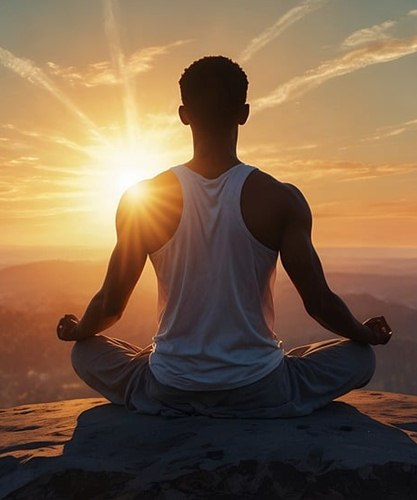Who Was Maharshi Patanjali?
Maharshi Patanjali, despite all the legends associated with him, is in unison related to the Naga cult and Shaivait tradition. This only means that he was not from the Vedic tradition. The Yoga he expounds is the accumulation and proposition of the Samanik Vrata or Yoga. He gives importance to the Vratas, calling the mahavratas or supreme vows.



